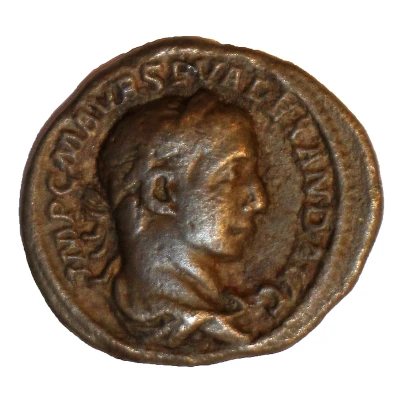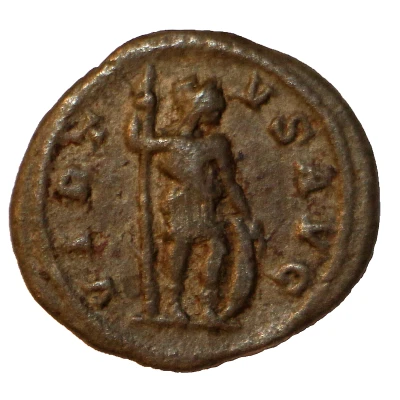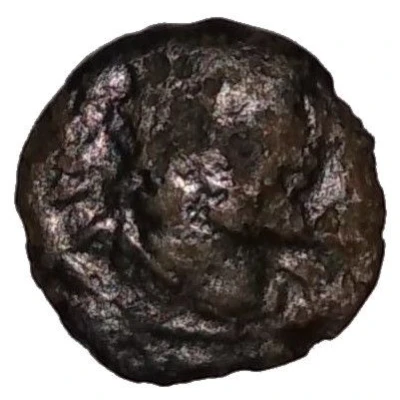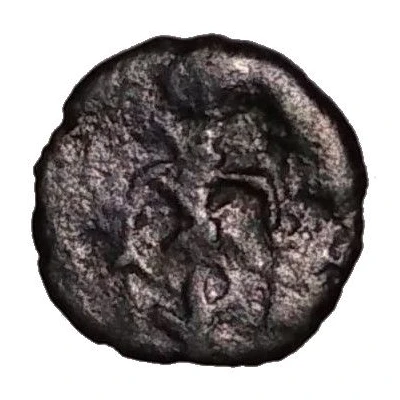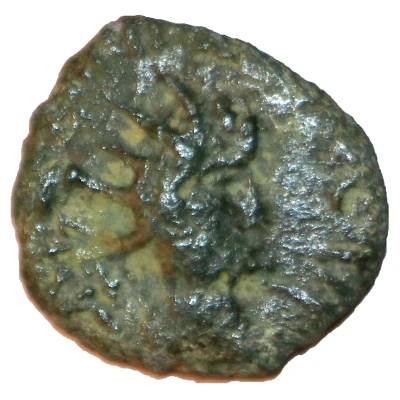
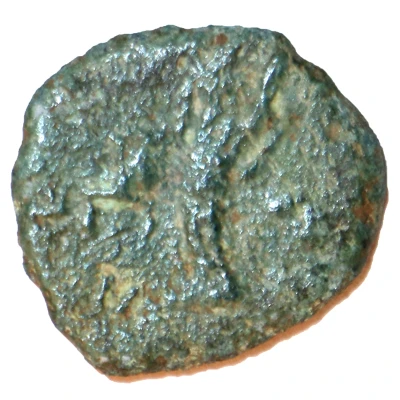

Antoninianus - Radiate AEQUITAS AVG; Barbarous imitation
| Bronze | 2.7 g | 16 mm |
| Issuer | Uncertain barbarous city (Rome) |
|---|---|
| Type | Standard circulation coin |
| Years | 268-280 |
| Value | Antoninianus (1) |
| Composition | Bronze |
| Weight | 2.7 g |
| Diameter | 16 mm |
| Shape | Round (irregular) |
| Technique | Hammered |
| Orientation | Variable alignment ↺ |
| Demonetized | Yes |
| Updated | 2024-10-04 |
| Numista | N#275260 |
|---|---|
| Rarity index | 93% |
Reverse
Aequitas standing, holding scales and cornucopea
Script: Latin
Lettering: AEQ[UITAS AVG]
Translation: Aequitas Augusti (Equity of the emperor)
Comment
Aequitas was the personification of equity and fairness, particularly in commerce.The bust appears to be beardless, in which case it is likely to be Tetricus II. However, Tetricus II didn't have Aequitas reverses, while Claudius II and Victorinus did (both also common subjects of barbarous radiates).
The style is very crude which suggests it was minted in Britain (where it was found). British barbarous radiates were produced during the coin shortage between the reigns of Victorinus (268AD) and c274AD, when the Gallic Empire was reincorporated into the Roman Empire and Aurelian banned barbarous issues.
Interesting fact
One interesting fact about this coin is that it is a barbarous imitation of a Roman Antoninianus, meaning it was created by a non-Roman culture or group, possibly as a form of currency or tribute. The use of the Roman emperor's image and the Latin inscription on the coin suggests a level of cultural exchange or influence between the Roman Empire and the barbarian tribes. Additionally, the fact that it was made of bronze, a less valuable metal than the silver or gold used in official Roman coins, suggests that it may have been used for local trade or commerce rather than for large-scale economic transactions.
